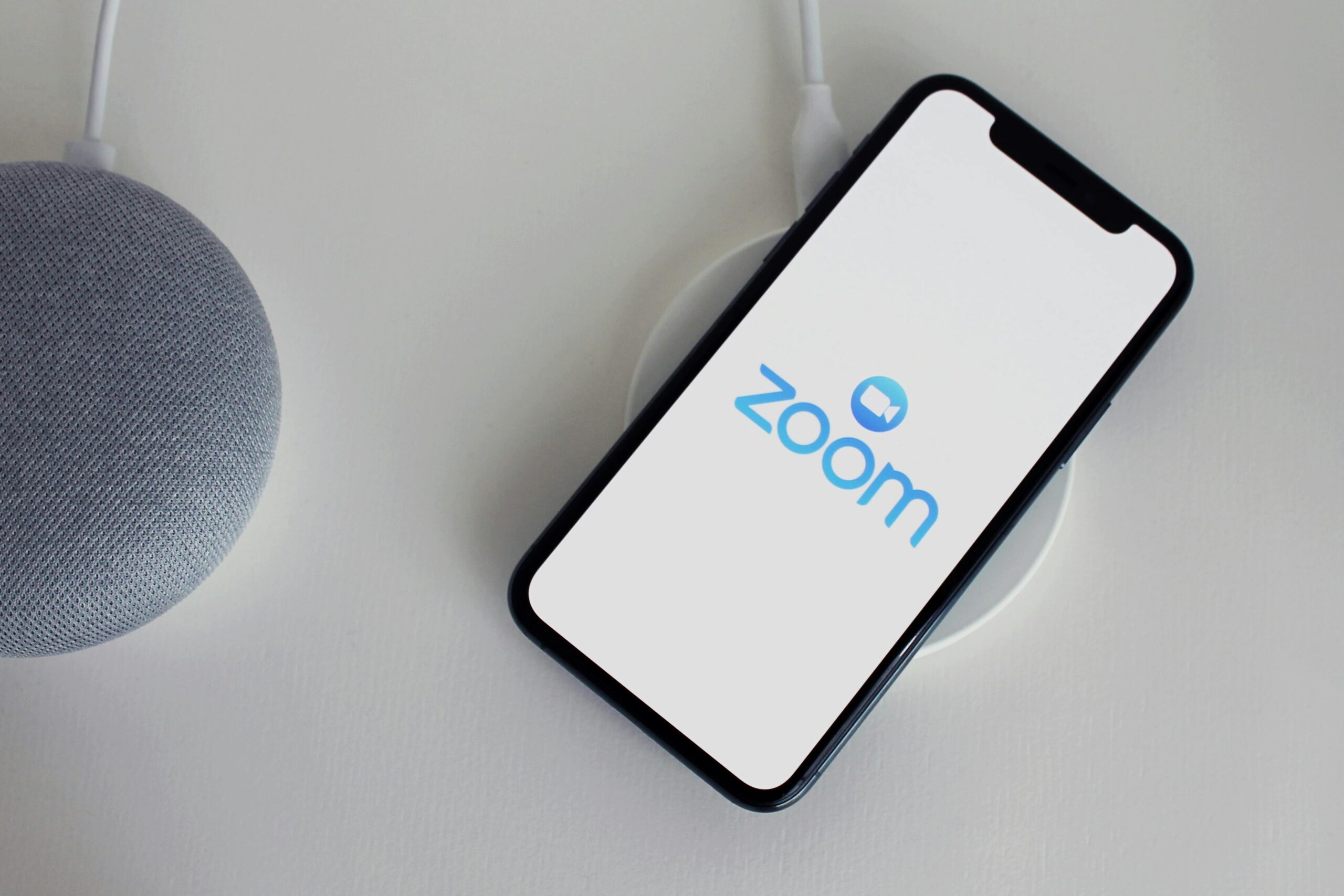Scientists at Shinshu University in Japan have developed a prototype reactor that uses sunlight and water to produce renewable hydrogen fuel. This innovation could pave the way for cleaner energy production, reducing reliance on fossil fuels. However, the technology remains in its early stages, with further research and development needed before it becomes commercially viable.
The reactor, which spans 1,076 square feet, employs advanced photocatalytic panels to split water molecules into hydrogen and oxygen. The process is carried out in two steps: first, the system separates oxygen from the water, and then it extracts hydrogen, which is stored as a clean-burning fuel. The reactor’s design differs from conventional one-step methods that combine these actions, which are less efficient and typically rely on natural gas for hydrogen refinement.
Initial tests using UV light showed promise, with the reactor achieving even better results under direct sunlight—approximately 50% higher energy conversion. However, the system’s efficiency is still low, converting only about 1% of sunlight into hydrogen under simulated conditions. For the technology to be practical for widespread use, researchers estimate an efficiency of at least 5% is necessary.
Senior researcher Kazunari Domen emphasized the need for improvements in photocatalyst performance to reach commercial viability. He explained that achieving higher efficiency would encourage broader scientific efforts in areas such as mass production, gas separation, and large-scale reactor construction. Domen also highlighted the potential ripple effects of this advancement, including shifts in policymaking and infrastructure development for solar fuels.
Despite the challenges, the researchers remain optimistic. If efficiency hurdles are overcome, the system could enable humanity to produce clean, renewable hydrogen fuel using two of the Earth’s most abundant resources—sunlight and water—offering a sustainable alternative to finite fossil fuels.










